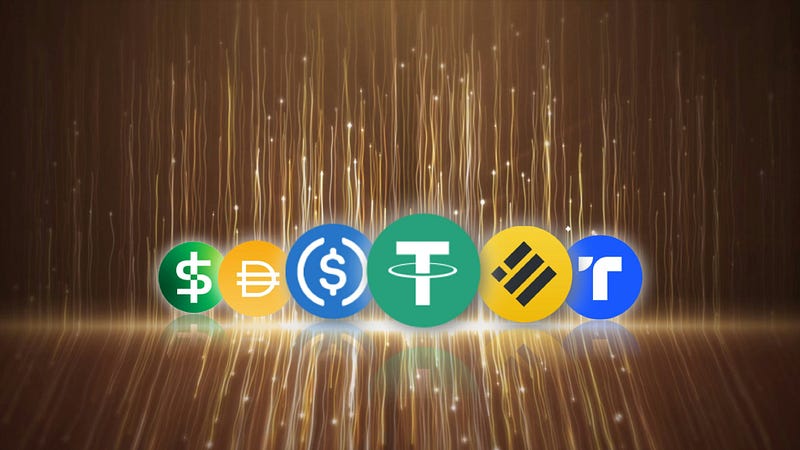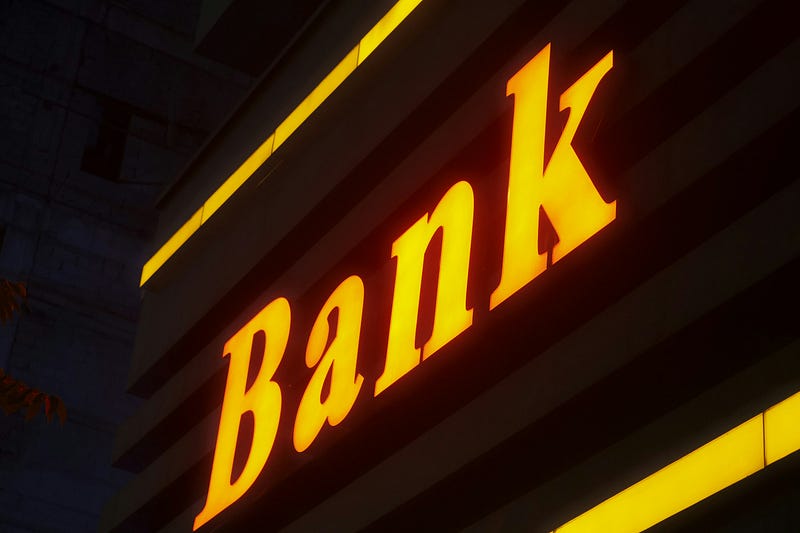The Ongoing Stablecoin Revolution
who are the players?

who are the players?
As of mid-2025, the financial world is not just witnessing but actively participating in a quiet but powerful revolution. This transformation isn’t driven by volatile, speculative assets but by their steady cousins: stablecoins. These digital dollars are rapidly evolving from a niche tool for crypto traders into the foundational layer for a faster, cheaper, and truly global financial system. For individuals, businesses, and investors, understanding this multi-layered shift is key to finding the immense opportunities within it.
What Are Stablecoins? The Digital Dollar Emerges
At its core, a stablecoin is a cryptocurrency designed to eliminate the volatility that makes assets like Bitcoin impractical for everyday transactions. It achieves this by pegging its value to a stable reserve asset, most commonly the U.S. dollar. The goal is simple yet profound: combine the instant, borderless transaction capabilities of a cryptocurrency with the stability and trust of a major fiat currency. They represent a fundamental upgrade to the plumbing of the financial world.
The Revolution in Numbers: The 2025 Payments Landscape
The scale of this disruption becomes clear when comparing stablecoin volumes to the world’s largest payment processors. While traditional rails still handle more value, stablecoins are now processing volumes in the same league as major card networks, with a growth rate that is simply unmatched.
Transaction Volume (2025 Annualized Estimate)
ACH Network (U.S.) ~$80 Trillion
The backbone for U.S. payroll and B2B payments.
Visa ~$15.2 Trillion
Global leader in consumer debit and credit card payments.
Mastercard ~$9.6 Trillion
Major global card network and Visa competitor.
Stablecoins ~$12 Trillion
Exploding growth; dominated by cross-border payments and DeFi.
The most telling statistic is the growth. The total supply of stablecoins has expanded by 30–40% in the last year alone, with active user wallets surging over 50%. This isn’t just a trend; it’s a signal that a global migration to more efficient payment rails is well underway.
Mapping the Ecosystem: The Key Players
This revolution is being driven by a fascinating mix of disruptive startups, forward-thinking incumbents, and entirely new decentralized organizations.
The Application Layer: Fintechs and E-commerce
At the forefront of making stablecoins useful are private fintechs and major e-commerce platforms building the essential “on-ramps” and “off-ramps.”
- Stripe is the quintessential example, acting as a bridge by allowing any online business to accept stablecoin payments and receive traditional currency, or to pay a global workforce instantly in digital dollars.
- A pivotal moment for retail adoption may be happening right now when e-commerce behemoth Shopify activated stablecoin payments for its millions of merchants through an integration with Solana Pay. This allows consumers to pay for goods directly from their crypto wallets, like the popular Phantom wallet, with near-instant settlement and dramatically lower fees than credit cards. This is a live, scalable solution that transforms stablecoins into a mainstream e-commerce payment rail.
The Public Face of the Revolution
The legitimacy and investor access to this space have been supercharged by key public companies.
- Circle (NYSE: CRCL): The issuer of the USDC stablecoin made a landmark debut on the New York Stock Exchange in early 2025. Its successful IPO, built on a strategy of full reserves and regulatory cooperation, brought a new level of transparency and trust to the ecosystem.
- Coinbase (NASDAQ: COIN): A leading public crypto exchange, Coinbase is a co-founder of the USDC stablecoin and a major driver of adoption. Its Layer 2 network, Base, is rapidly becoming a hub for consumer-facing applications powered by stablecoins.
The Institutional Bedrock: TradFi Bridges and Custodians
Behind the scenes, traditional finance is not just watching; it’s providing the foundation for growth.
- BNY Mellon and BlackRock: These titans of Wall Street act as the crucial intermediaries and custodians, holding the vast reserves of U.S. T-bills that back centralized stablecoins like USDC. Their involvement provides institutional-grade trust and connects the digital asset world to the bedrock of traditional finance.

- Visa & Mastercard: The card giants are embracing the trend. They are actively integrating stablecoins into their massive global networks for settlement, partnering with issuers to launch crypto-linked cards, and ensuring they remain central to the flow of money, whatever its form. The incumbents are under pressure with the new technology, but their deep pockets may allow them to join the revolution, therefore they are not wasting any time.

The Spectrum of Stablecoins and Their Networks
- Tether (USDT) & Tron: Tether is the largest and oldest stablecoin, the undisputed workhorse for global crypto trading and remittances. It finds its primary home on the Tron blockchain, which processes the majority of its volume due to its near-zero transaction fees, making it the dominant rail for retail payments in emerging markets.
- USDS & sky.money: Representing the decentralized frontier, the Sky Protocol (the evolution of MakerDAO) and its stablecoin USDS (the successor to DAI) offer a transparent, community-governed alternative. Backed by crypto assets in smart contracts, it forms a core building block of DeFi.
The Multi-Chain Reality: Specialized Payment Rails
The future of payments is not on a single blockchain. Different networks are optimizing for specific use cases, leading to a vibrant, multi-chain landscape.
- Avalanche: With its unique Subnet architecture, Avalanche has become the go-to platform for institutional and enterprise payments. Major financial players like J.P. Morgan and Citi are using its customizable, permissioned chains to explore tokenized assets and settlement in a compliant environment.
- Sui: This newer, high-performance blockchain, built on the Move language, is designed for a world of on-chain digital assets. Its architecture allows for massive parallel processing of transactions, making it ideal for the next generation of payments tied to gaming, social media, and other digital objects.
Conclusion: How to Benefit from the Revolution
The stablecoin revolution is a multi-layered opportunity, and it is far from over.
- For Investors: Direct exposure is possible through public companies like Circle (CRCL) and Coinbase (COIN). A “pick-and-shovel” approach involves investing in the infrastructure itself — the fast blockchains like Solana, Avalanche, and Ethereum’s Layer 2s that are becoming the primary highways for these transactions.
- For Entrepreneurs: The greatest opportunity lies in building on the application layer. With rails for instant, global value transfer now in place, the field is wide open for startups in global payroll, B2B invoicing, micropayments for content creators, and innovative treasury management.
- For Businesses: Adoption is a direct competitive advantage. Companies can use stablecoins to settle international payments in minutes instead of days, drastically reducing costs and operational friction while unlocking access to a global talent pool that can be paid instantly.
- For Individuals: In many parts of the world, stablecoins are already a vital tool, providing a shield against local currency inflation, a cheaper way to send money to family abroad, and an accessible entry point to a new generation of financial services.
We are at a rare inflection point where the architecture of finance is being fundamentally upgraded. The revolution is about making money behave like the internet — global, cheap, and programmable. The benefits will accrue to those who build, adopt, and invest in this new foundation.
Disclaimer: The information provided in this document is for informational purposes only and is not intended to be, and shall not be construed as, constituting financial, investment, legal, tax, or any other form of advice. The content herein does not constitute a recommendation, endorsement, or an offer or solicitation to buy or sell any securities or to engage in any particular investment strategy. While the information presented is believed to be reliable, we make no representation or warranty, express or implied, as to its accuracy, completeness, or suitability for any specific purpose. All readers are strongly encouraged to perform their own independent due diligence and to consult with their own qualified professional advisors to determine the suitability of any investment. The authors and publishers assume no liability for any loss or damage resulting from the use of or reliance on the information provided.



